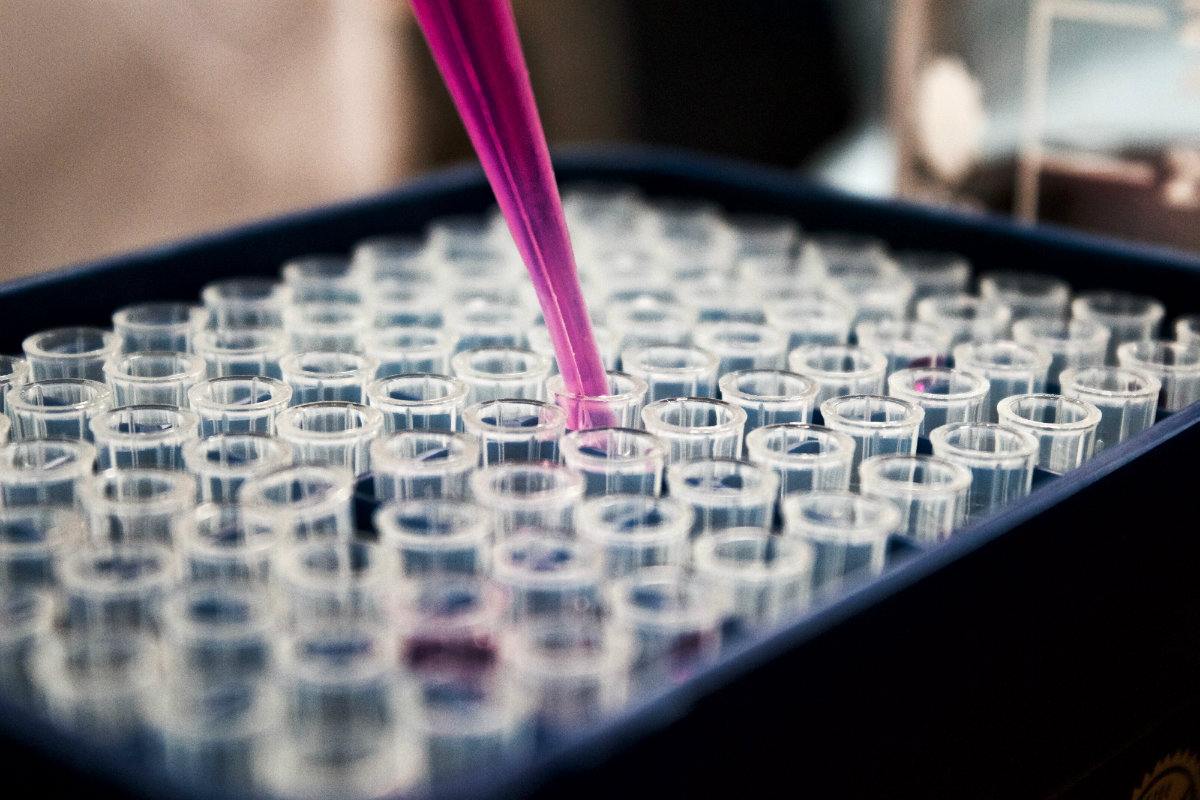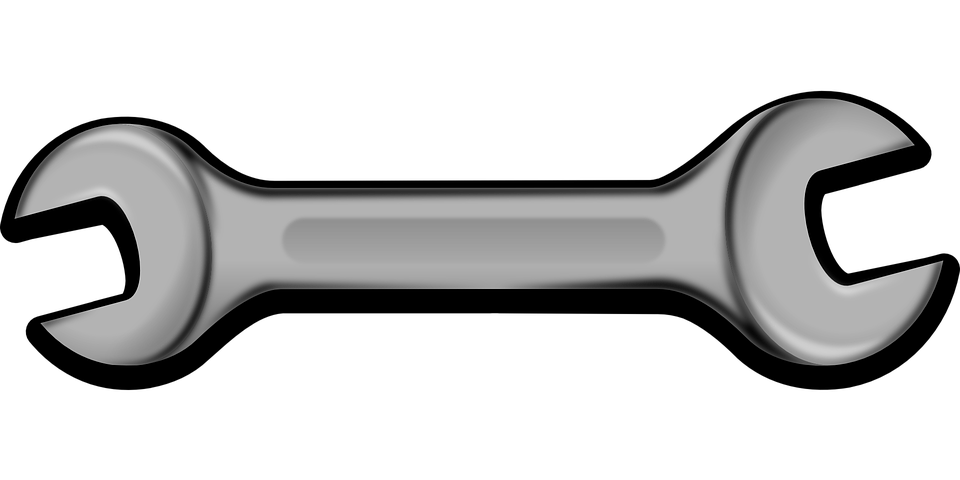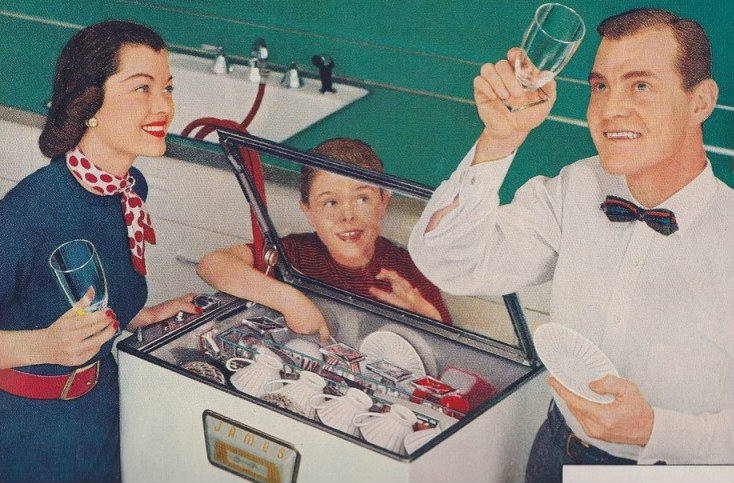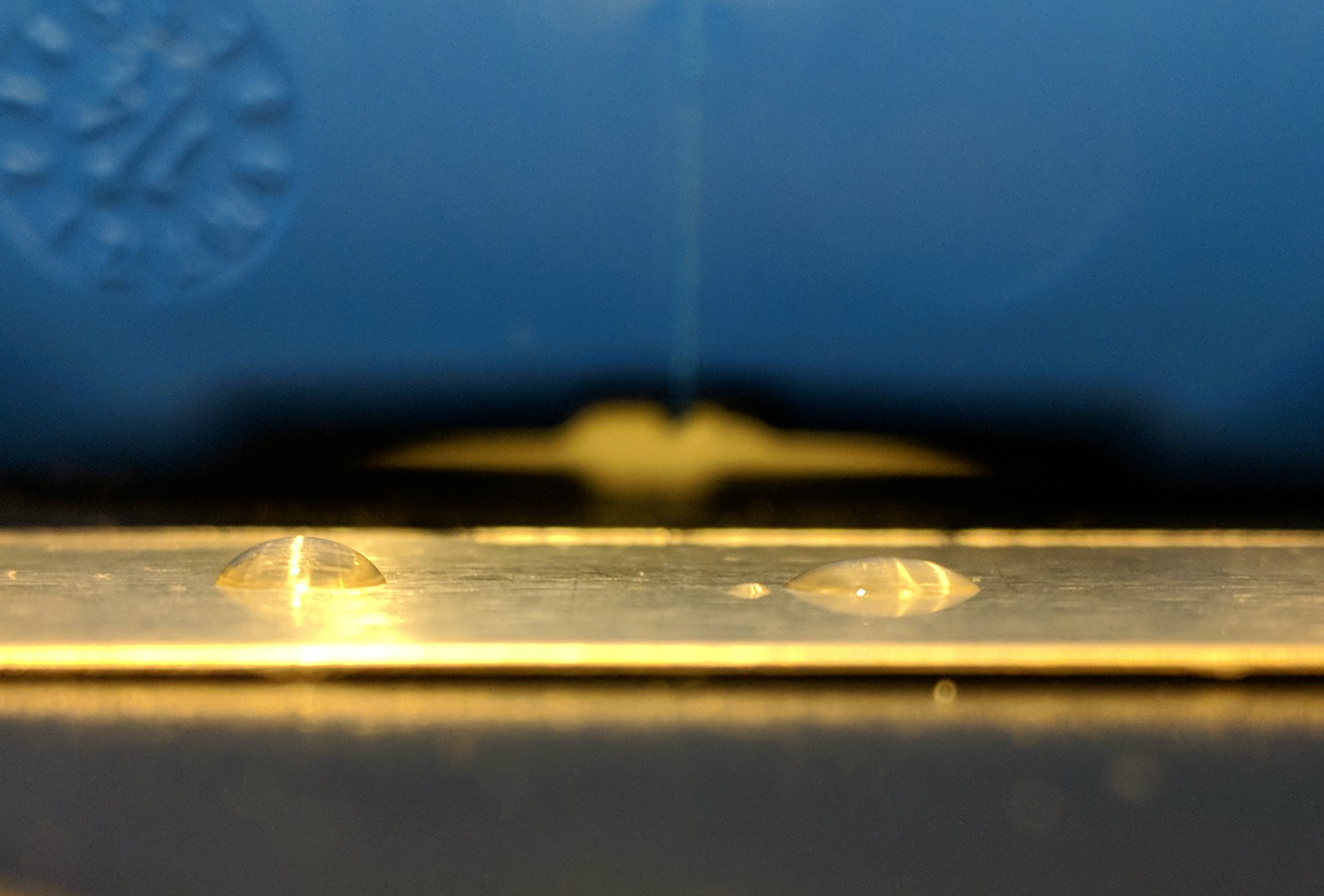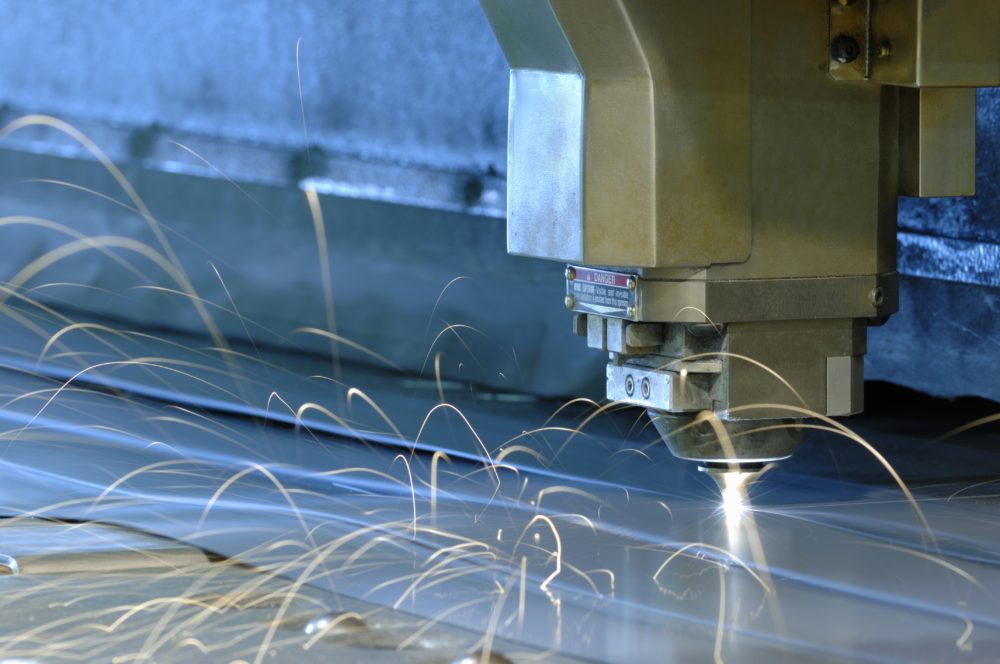Cleaning Pipettes in the Laboratory
Q. What are some best practices for lab cleaning of pipettes. We’re having trouble in our lab removing dried on residues.
A. The principal concern for any scientist or technician working in the laboratory is that glassware, like pipettes, be free of interfering residues after they are cleaned. Unseen residues can wreak havoc on analytical results by inhibiting culture growth, causing cross contamination, non-reproducible results and more.
Cleaning Carbon Tool Steel
Q. How to clean mild tool steel tablet press punches and dies?
A. Mild tool steel, sometimes called S7, will flash rush during rinsing, particularly if you rinse with hot water. All the cleaners that have good chelating agents (all but Luminox and Detergent 8) can safely clean tool steel because the chelating agents tie up the iron oxide and do not let it auto-catalytically expand and form rust.
Laboratory Cleaning: Best Practices Using a Household Dishwasher
Q. Our lab just has a regular household dishwasher that we use to clean labware. I heard this is not ideal, but it’s what we have. We’re using Alcojet detergent, but the instructions say to turn it into a liquid by diluting….
Measuring Surface Tension without Tensiometer?
Q. Is there any way to “eyeball” surface tension to see if it’s dropping when roughly measuring concentration or bath life?
A. To numerically measure surface tension, you need a tensiometer and this is the recommended method. Tensiometers come in many varieties including…
Choosing Ideal Detergent for Cleaning Metal Parts
Q. We are currently writing a protocol for conducting a process validation activity for our cleaning procedures for metal parts after our machining manufacturing process. What are the differences between cleaning effectiveness of Alconox detergent for cleaning various metallic surfaces such as stainless steel, titanium and cobalt chrome? Also, does Alconox detergent effectiveness change based on contamination characteristics, surface geometry or any other factors?
